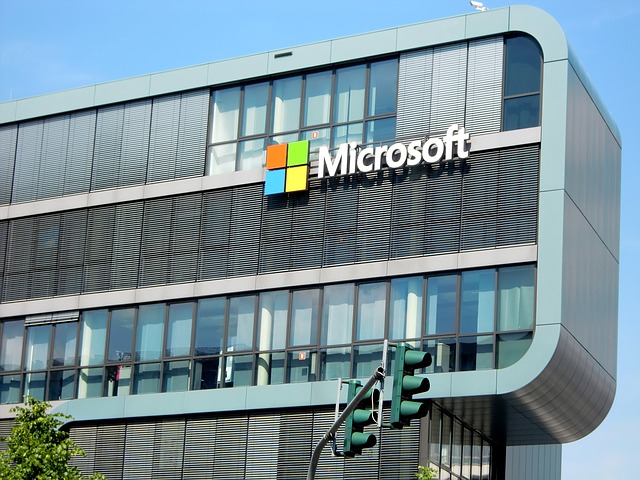
Microsoft Corporation (NASDAQ:MSFT) is now the world’s largest provider of enterprise software as a service (SaaS), surpassing pioneer salesforce.com, Inc. (NYSE:CRM), the company that essentially spearheaded the model of computing, this according to Synergy Research Group’s Q2 report.
According to the firm’s research director John Dinsdale, Microsoft saw a 15% increase in worldwide SaaS revenues in the second quarter, one percent ahead of Salesforce’s 14%. During the year’s first quarter, both companies were tied at 14% but before that, Salesforce has always been the industry leader, Disdale said in an email.
“In SaaS, a big battle is playing out between the traditional broad-based software vendors and companies that are focused on a specific application area or industry sector, many of which are entirely cloud-based,” Dinsdale said. “It might be tempting to assume that the latter camp is leading the charge, but in fact the traditional software vendors are growing their SaaS revenues more rapidly, helped by their huge base of on-premise software customers that can be aggressively targeted for conversion to a SaaS consumption model.”
The majority of Microsoft’s SaaS revenue comes from Office 365, an immensely popular business tool that features word-processing, spreadsheet and presentation programs. Other offerings that widened the gap between competing companies are Microsoft’s Dynamics CRM, a customer relationship management software package developed by M’soft, and online collaboration and Web conferencing service ‘Live Meeting’.
According to its research note, Synergy identified Microsoft, along with Citrix and Cusco, as market leaders in the SaaS collaboration segment. The research firm noted that the leaders accounted for more than 40% of the total global SaaS for the second quarter. In the same report, Synergy said that Salesforce, the company which started the Sass industry in 1999, Microsoft and Zendesk are the market leaders in the CRM segment, accounting for approximately 25% of the worldwide CRM revenue for the same quarter. The Redmond, Wa.-based tech giant is also leading in other enterprise apps segments.
It’s worth pointing out that Synergy did not list Google paraent Alphabet Inc (NASDAQ:GOOGL) as a major competitor in any of the different SaaS segments. According to business insiders, Microsoft’s Office 365 appears to be besting Google Apps for Work.
SaaS is the most mature in the service segment and it is not showing any sign of a slowdown, particularly because companies often choose to use merchants rather than develop their own solutions internally. According to Synergy’s data, SaaS market saw a 33% growth over year in the second quarter, generating $11 billion in quarterly revenues. The research firm predicted that the SaaS market will “more than triple in size over the next five years.”
Meanwhile, Collaboration, which is the largest SaaS segment, saw a 37% growth in the second quarter while ERP grew to 49%, making it the fastest growing of all SaaS segments.
While some analysts expect “born in the cloud” companies to surpass older tech companies in the SaaS market, Dinsdale said traditional software vendors could hold their own even when faced with companies that have been in the industry since the beginning.
“The traditional software vendors are growing their SaaS revenues more rapidly, helped by their huge base of on-premise software customers that can be aggressively targeted for conversion to a SaaS consumption model,” said Dinsdale.
- Bulenox: Get 45% to 91% OFF ... Use Discount Code: UNO
- Risk Our Money Not Yours | Get 50% to 90% OFF ... Use Discount Code: MMBVBKSM
Disclaimer: This page contains affiliate links. If you choose to make a purchase after clicking a link, we may receive a commission at no additional cost to you. Thank you for your support!




Leave a Reply